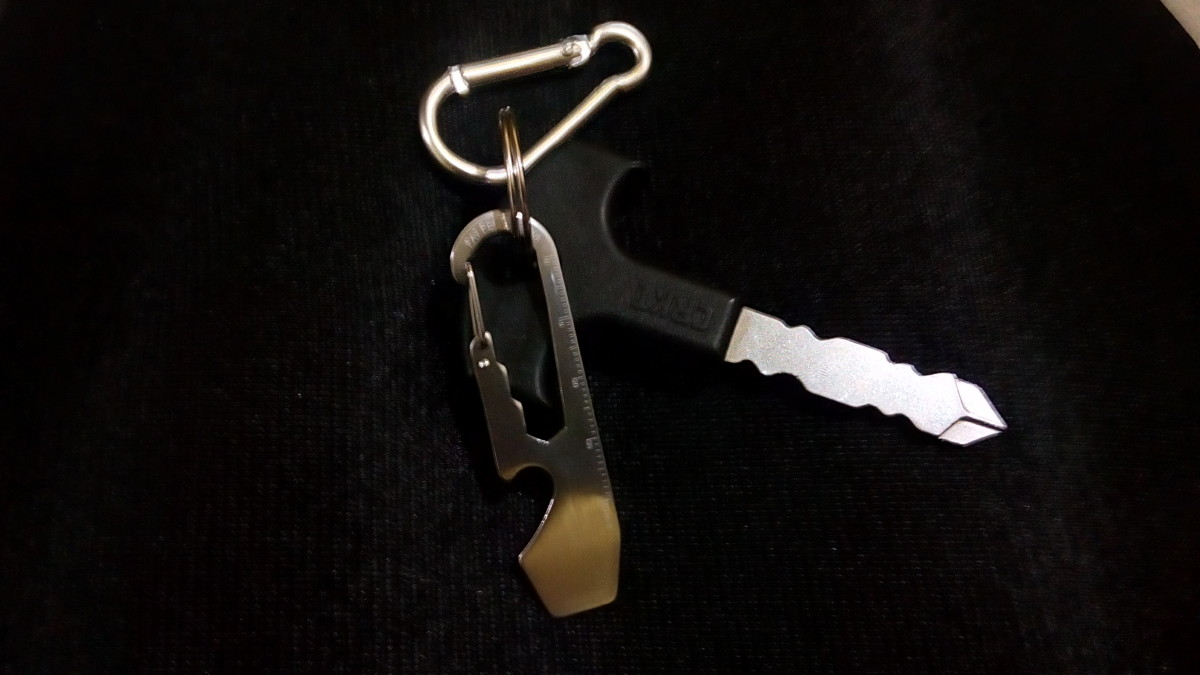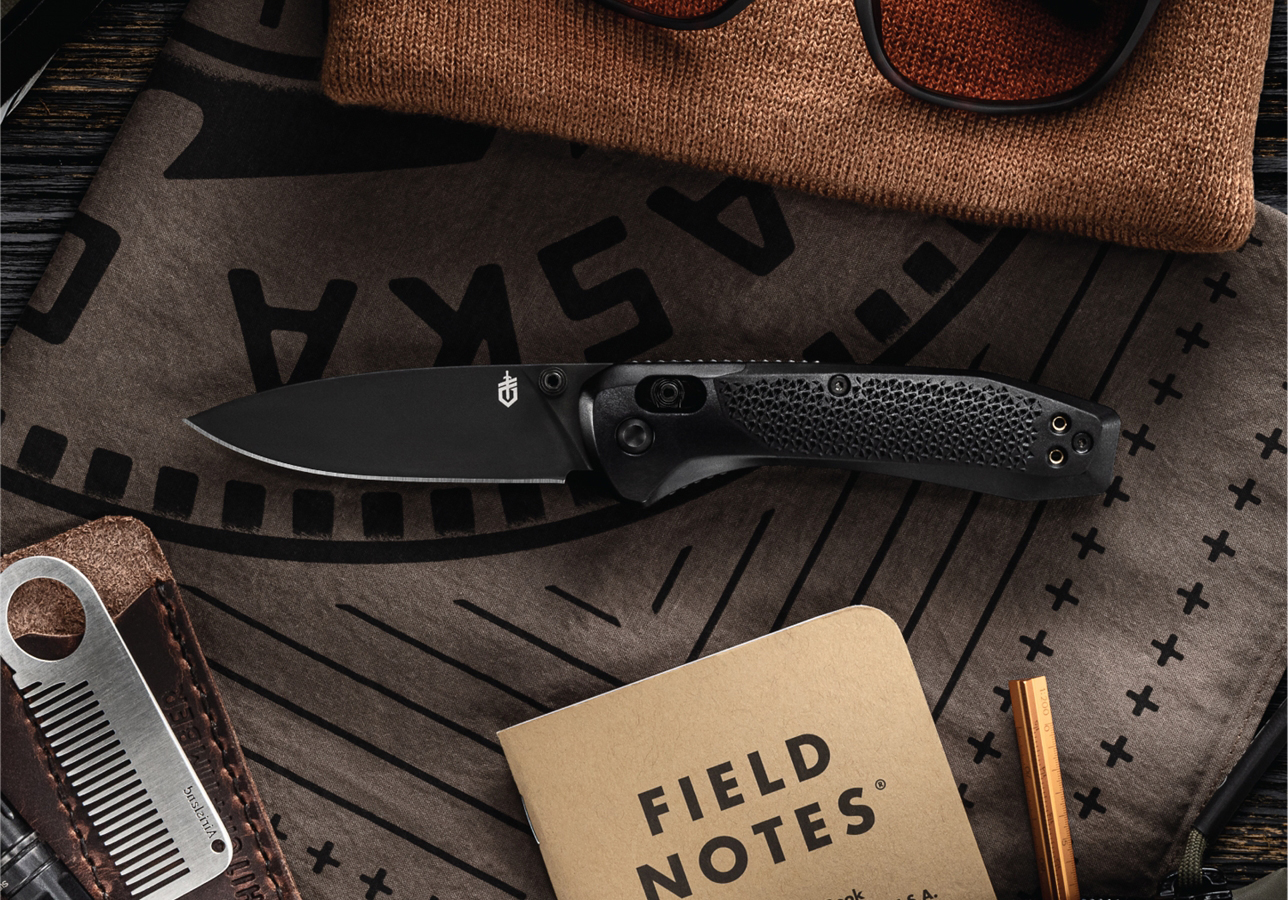
A personal protection device is a device that can protect the wearer from harm. These devices are useful for people who work in dangerous environments such as night shift workers or in hostile environments. These devices can even save lives, and give you peace of mind. Continue reading to learn more about personal safety devices. Listed below are some of the most common types of personal protection devices. You can also learn more about Safesound safety bracelet and personal alarms.
Face shields
PPE is essential for protecting yourself from harmful bacteria and viruses. Respirators offer the same protection, but face shields don't provide the same level of protection. They do not block the droplets that are inhaled and exhaled by the user. However, they do provide some protection to the eyes and may help to prevent the spread of infection. Although they are not designed to protect the eyes, they can be used for additional protection in places where appropriate protective equipment is unavailable or when conventional masks are too restrictive.

Mace
A Mace personal safety device is a self defense device that releases a chemical which temporarily incapacitates anyone who comes into direct contact with it. This type of chemical is used in police activities, warfare, and individual self defense strategies. While this type of device is not available in all states it is legal to use in certain situations. Read on for more information about the Mace and its benefits.
Personal alarms by Safesound
KOSIN Safe Sound Personal Alarms are six separate alarms that each emit a loud, continuous 130-140 dB sound. This alarm is loud enough to warn anyone of your whereabouts up to 600 feet away. The alarms have a key ring on the top and a small lanyard to the right. These alarms are concealable and can be used as a personal protection device for children and women.
Safesound safesound alarms
The Safesound personal alarm system sounds an audible 130dB warning signal which attracts attention up to 300 meters. The personal alarm is fully rechargeable and does not require any replacement. It can be charged using a USB cable in less than 30 minutes and has a 1-year standby. This personal safety alarm can produce the sound for up to 50 minutes and will draw attention up to 300 yards away. Safesound personal safety alarms can last up to one year, unlike other alarms.

Wohome SA-01-8 Safesound Personal Alarms
The Wohome SA-01-8 Safesound personal alert offers 8 autodefensa alarms. The alarms feature a modern design and are made of durable plastic. The alarms will not make you fall asleep. Because of their versatility, they can be used for many different purposes, even those that require greater protection than a doorbell.
FAQ
How much does a stun gun cost?
A stun gun's price can vary depending on its model.
Two batteries are required for most models. The battery lasts approximately three to four months.
How much does it set you back to take a self defence course?
There are many selfdefense courses. The cost of self-defense courses varies depending upon where you live and whether or not you take them online.
Some schools charge $50 per month while others charge as high as $200.
You can find a low-cost option at your local community center. These places often offer free self-defense classes.
How do beginners do self-defense?
Experts are not the only ones who can learn self-defense. You must also be able to defend yourself alone. You should learn some basic moves to protect yourself from an attack.
You can start by practicing simple movements such as punching, kicking, and kneeing. You can then move on to more advanced moves such as grappling or joint locks.
It is always useful to practice something that is similar to what you might face in real-life situations. You can use a pillow to practice how to kick someone.
This way, you won't hurt yourself while practicing. Don't hit anything too hard or you might damage something.
Statistics
- Boxers aren't allowed to fight in a clinch, which is a position that occurs in 80% of the streetfights. (mmaclan.com)
- Verbal harassment was the most common form, but 51 percent of women said they were touched or groped in an unwelcome way, while 27 percent of women survived sexual assault. (healthline.com)
- Saying this, Self defense 101 would be the importance of situational awareness, which can never be replaced by the finest of martial arts, because it is this that would help you to avoid any likely attacks in the first place. (worldofselfdefense.com)
- In a January 2018 survey of 1,000 women nationwide, 81 percent reported experiencing some form of sexual harassment, assault, or both in their lifetime. (healthline.com)
External Links
How To
How to Survive An Invasion At Your Home
Home invasion is a scary thought, especially when there are kids involved. We didn't know we would have to go through this ourselves when we started our home security system installation journey. Here's our experience so far.
-
Don't Let Your Kids See The Attackers. Two men entered our home while our children were asleep upstairs. We kept them downstairs till the police arrived. Our children were not hurt but the experience was enough for them to be traumatized.
-
Lock Up All Valuables. We keep valuables locked up in a safe in our bedroom. Even if someone breaks in to the house, they won’t even be able get it.
-
Keep An Eye Out For Burglars. We live in a neighbourhood that is notorious for burglaries. We always keep an eye out for suspicious vehicles and people.
-
Have A Backup Plan. Our family will be financially protected in case anything happens. We also have a plan to leave the country if necessary.
-
Be prepared. Prepare for anything. Be prepared with food, water, as well as other supplies.
-
Call 911 immediately. After you discover that someone is breaking into your home, immediately call 911. It is better to call 911 immediately than wait for the authorities to come to your house.
-
Use common sense. Never allow anyone into your home who doesn't belong. Invite strangers only to visit.
-
Get Help From Neighbors Or Other People In The Area. If you feel unsafe call neighbors and friends. You can have them watch your back while calling the police.
-
Stay Calm And Do As Instructed By Police Officers. Stay calm and do exactly as instructed by officers. Do not flee or resist arrest
-
Take photos of all evidence. Photograph all evidence you find during the investigation. You can take pictures of fingerprints, blood samples, or other evidence.
-
Local Law Enforcement. Report to law enforcement, even if there was no injury. This will help to prevent future crimes.
-
Contact your Insurance Company immediately. Get in touch with your insurance company immediately. You can tell them all about what happened and they will send an adjuster out to assess the damage.
-
You must get rid of personal belongings. Be sure to get rid of personal belongings before you leave. If you're wearing expensive jewelry, take it off and put it somewhere safe.
-
You must take good care of yourself. Make sure to clean up after your self. Throw away the trash, sweep up broken glass, and make sure all doors and windows are locked.
-
Talk about What Has Been. Talk about what happened. You never know who may try to use this information against or against you.